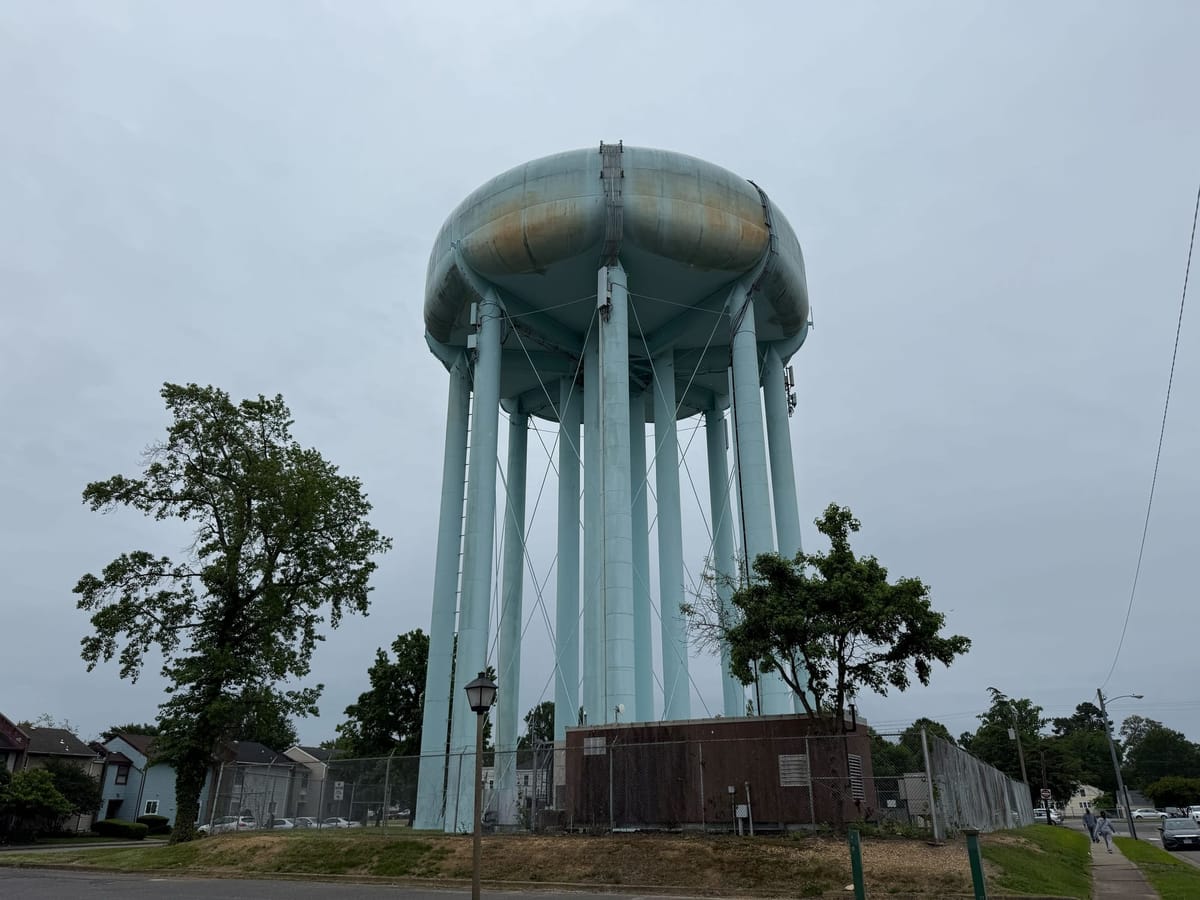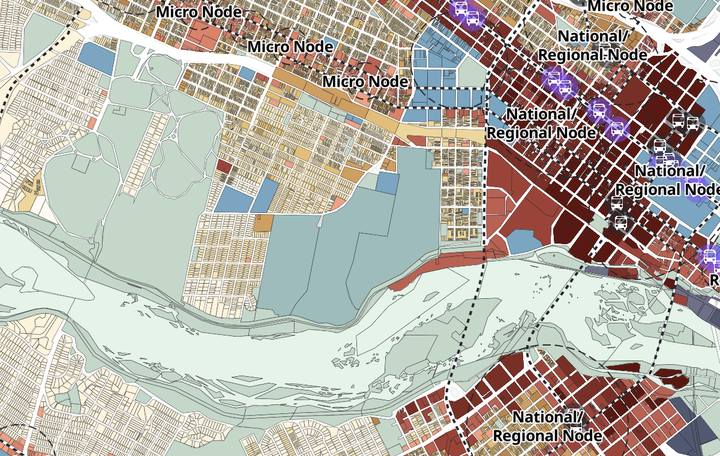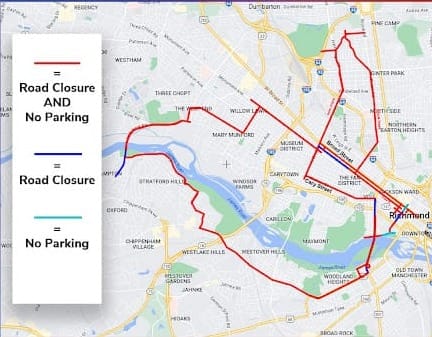
Increasing Richmond’s density wouldn’t stretch utility infrastructure too far, officials say
Richmond’s utilities system has the capacity to handle the greater housing density envisioned by the city’s overhaul of its zoning code, according to Department of Public Utilities Director Scott Morris.
“There’s capacity in the system on a holistic scale,” Morris told members of Richmond’s Public Utilities and Services Commission Sept. 18.
While Morris acknowledged that “there could be stress points” within the broader system, both he and Planning Director Kevin Vonck said any potential shortfalls would be identified during the permitting process for a given project.
“In certain cases we find out in order to do this project, you’re going to need to do an upgrade,” said Vonck. “Those costs are borne by the developer.”
As Richmond continues the process of overhauling its 1970s-era zoning code, residents anxious about the wide-ranging changes being proposed have increasingly raised concerns about whether the city’s infrastructure can handle the increases in population density the new code would allow.
Some infrastructure shortfalls, such as overcrowded schools and a lack of sidewalks on the city’s Southside, are already on officials’ radar. But residents have also fretted about whether Richmond’s aging water and wastewater systems can handle more demands, particularly after the January failure of the Douglasdale Road water plant that left hundreds of thousands of people in the region without drinking water for nearly a week.
“These things should be taken care of from an infrastructure perspective before we start bringing more people in under the guise of affordability, density, more tax dollars,” said one Ginter Park resident during the Zoning Advisory Council’s August meeting. “Richmond just has to have its house in order.”
Similarly, at the Sept. 10 meeting of the council, Holly Chasan-Young declared that “we cannot build more density on broken systems. This past winter, our water system failed twice. That wasn’t just an inconvenience, it is proof that our infrastructure is already at the breaking point.”
Vonck says the city considered existing utilities infrastructure while crafting the master plan, Richmond 300. Both the utilities and public works departments were involved in vetting the future land uses and “priority growth nodes” that document laid out for how Richmond should develop in coming years, he told The Richmonder.
Because the city charter requires Richmond’s zoning code to be in line with its master plan, “our new zoning ordinance cannot allow for intensity and density ‘over and above’ what Richmond 300 recommends,” said Vonck in an email. “Therefore, we do not need to perform another infrastructure analysis as part of the code refresh process.”
However, he continued, the city will “need to make sure that our annual capital improvement program projects reflect the ongoing and anticipated private development throughout the city.”
At the Sept. 18 meeting of the Public Utilities and Services Commission, a citizen body set up in 2023 to advise the city on its utilities operations and improve public outreach, Morris said both Richmond’s water and wastewater systems could handle denser development.
The discussion followed questions raised by the Ginter Park Residents Association and brought before the Commission by member Jackie Johnson.
Although Johnson has pushed for DPU to run hydraulic models to demonstrate the system’s ability to handle greater density — an exercise the department estimates would cost about $98,000 — Morris said the water treatment plant has ample capacity to serve more customers and any impacts on the wastewater system would be trivial.
Because development standards have become more stringent over the years, the average Richmonder’s daily water use has actually declined over the past few decades, he said.
The city’s last water supply plan, which was published in 2018, projects that average daily demand for water will remain well below the plant’s capacity of 132 million gallons per day through 2070, although peak daily demand would approach that ceiling in that year.
When it comes to the piping system that is responsible for distributing treated water around the city, “different aspects of the system are at different capacities,” said Morris. “There could be stressed portions of the system that are at peak capacity.”
Those problems would be identified on a case-by-case basis as new developments are proposed.
“Let’s say a section of pipe needs to be expanded because it no longer has the capacity to support the redevelopment,” Morris told the commission. “That cost is borne by the developer.”
In the case of Richmond’s sewer system, which handles both wastewater and stormwater, Morris said problems are primarily driven by excess rainfall rather than greater customer use.
“From a density perspective, it’s almost a negligible impact on the overflows,” he said.
Where growth could have the biggest impact is stormwater, or runoff from properties, which is affected by factors such as how much of a site’s surface can absorb water.
Because Virginia regulates stormwater due to its impact on water quality, developers have to obtain permits that ensure they aren’t increasing runoff. “Additional improvements would be identified during the permitting process,” said DPU spokesperson Rhonda Johnson, “and the developer would incorporate those.”
But Vonck also acknowledged that the current draft of the new zoning ordinance may have set building coverage limits — how much of a parcel can be taken up by buildings — too high.
The limits are “probably too high and will likely be coming back closer to what some of the coverage limits are now,” he said.
Contact Reporter Sarah Vogelsong at svogelsong@richmonder.org
The Richmonder is powered by your donations. For just $9.99 a month, you can join the 1,000+ donors who are keeping quality local journalism alive in Richmond.






